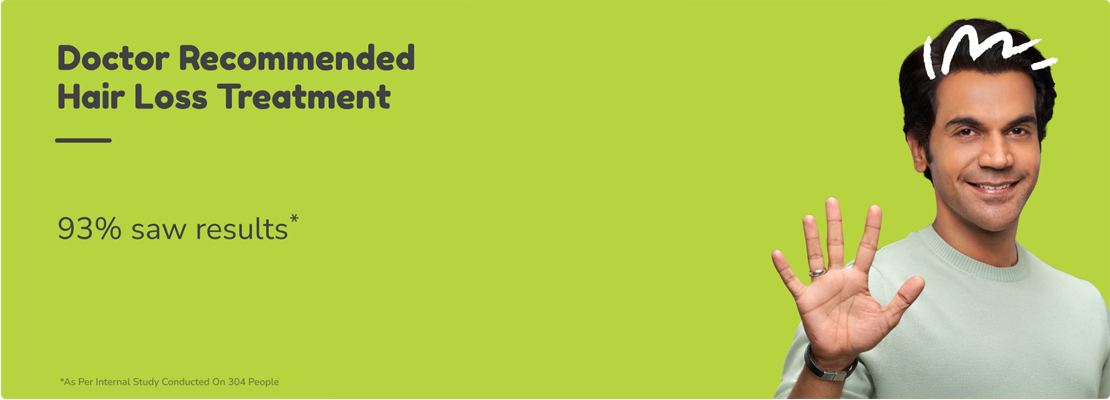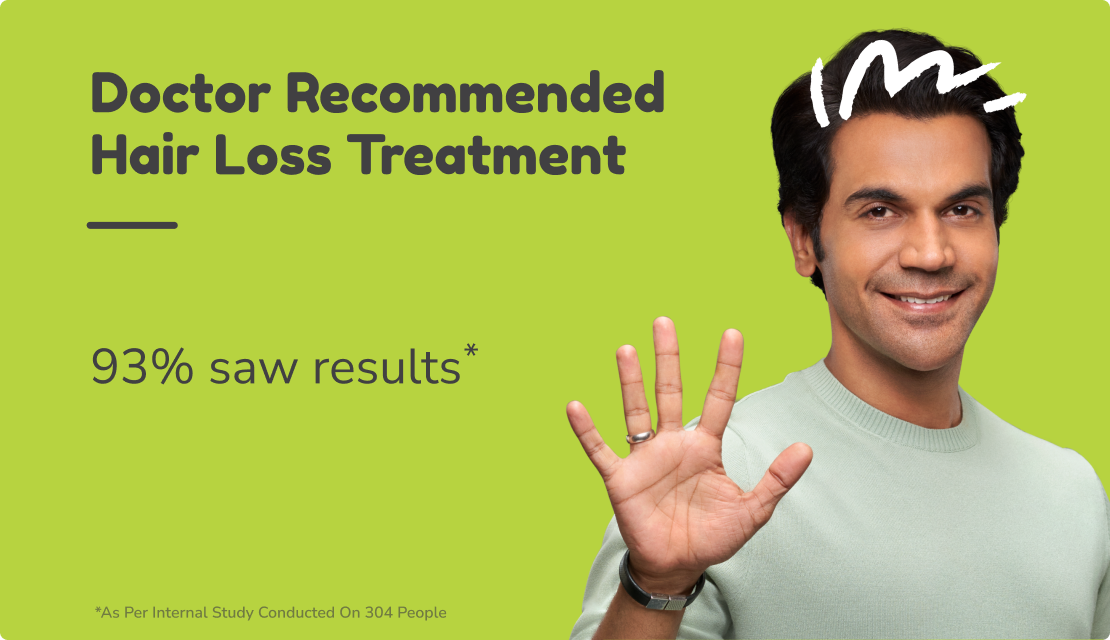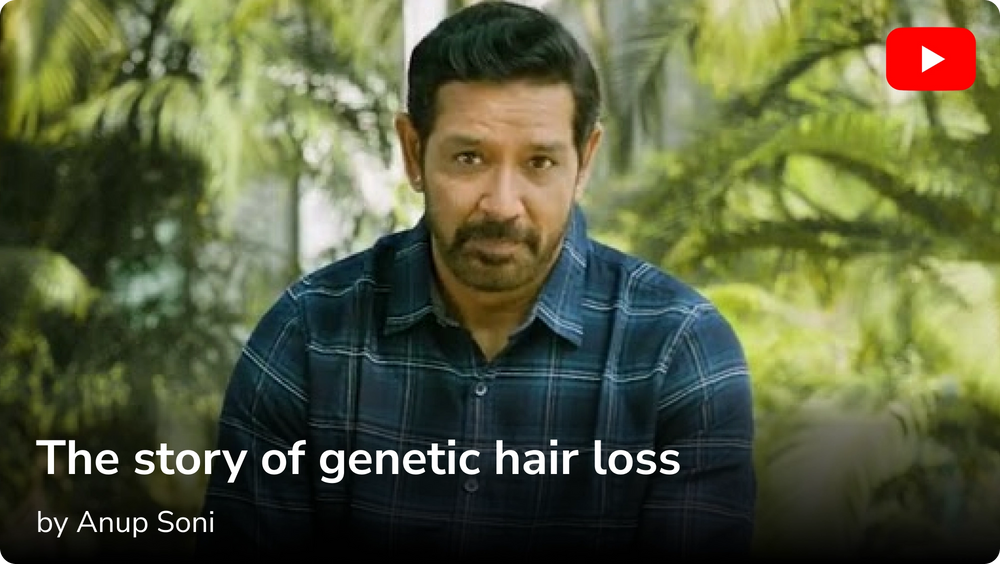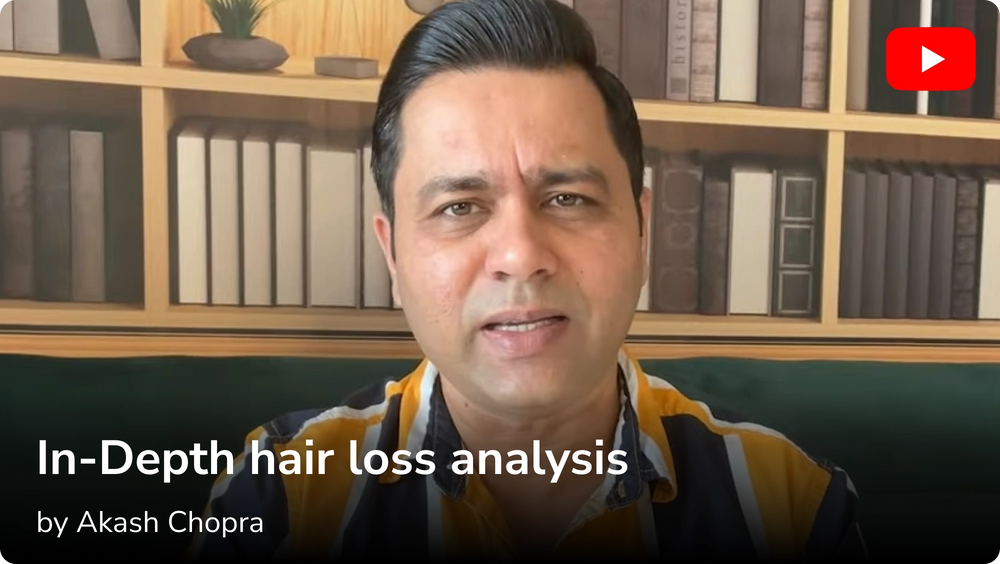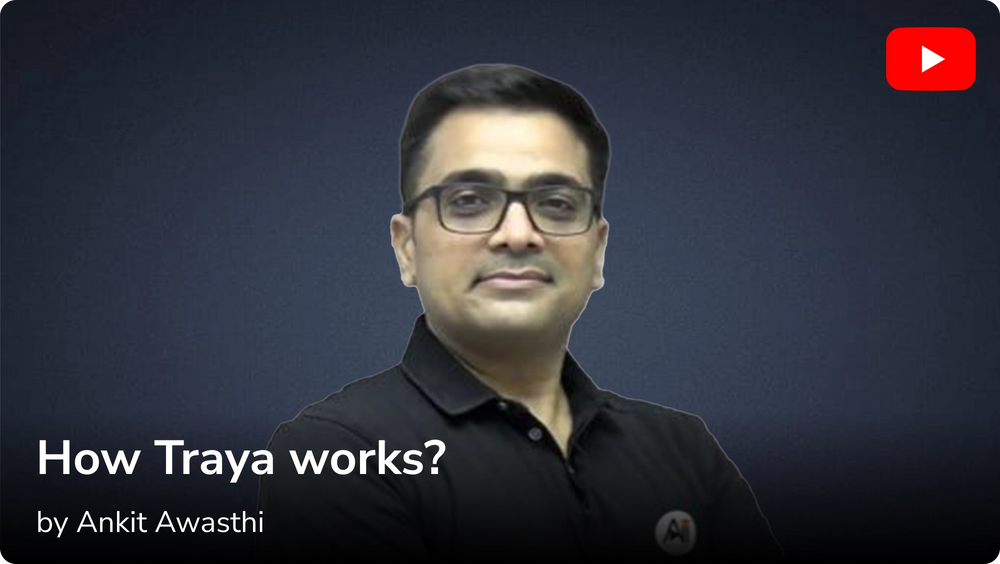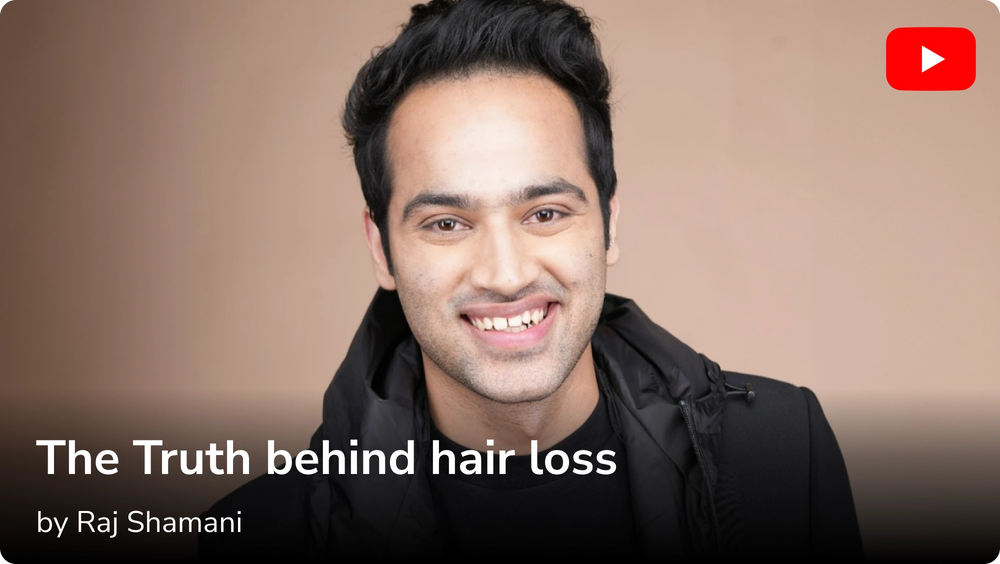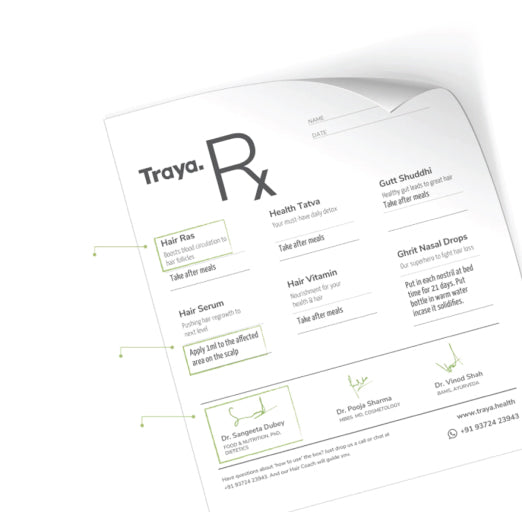We all crave hair that is naturally soft, silky, and healthy. You employ an array of products to achieve this. However, each person’s hair responds differently to these products. The porosity of your hair plays a huge role in how much moisture and oil your hair can absorb and retain. Read to know more about this and how to care for your hair as per its porosity.
If the porosity of your hair is low, the hair structure does not allow moisture to be absorbed easily into the hair shaft. Caring for low porosity hair becomes difficult due to this structural challenge. Here we look at the characteristics of low porosity hair, how to identify this and how to go about low porosity hair care.
Before we understand low porosity hair, it makes sense to look at the structure of the hair and what structural characteristics cause the hair to have low porosity. The hair shaft is a collection of cells that are distinctly arranged in three layers. The outermost layer is the cuticle, it is a protective layer and is composed of overlapping cells. The middle layer is called the cortex. This is the thickest layer and is made up of fibrous proteins and the pigments that give the hair its colour. The innermost center is later called the medulla. It is made up of transparent cells and air spaces.
Porosity indicates how open or closely packed the cuticles in the outermost layer are. In the case of low porosity hair, the cuticles tend to overlap more and are packed together very tightly. Conversely, high porosity hair has a lot of open spaces between the hair cuticles in the outermost layer. Since in low porosity hair, there are no spaces between the cuticles, it becomes difficult for moisture, oils, and other hair products to penetrate and nourish the hair. The major reason for low porosity hair is genetic.
What Is Low Porosity Hair
Various daily experiences can help you in identifying low porosity hair. Here we look at some of these.
- Hair products sit on your hair for a long time and do not get absorbed easily. For example, the oil you applied an hour back might still be sitting on the surface of the hair, unabsorbed.
- Washing the hair takes a long time. This happens because the water is not absorbed easily and you might struggle with getting your hair fully wet.
- Drying the hair takes a longer time, compared to a person with hair of the same length and thickness. You might often have to use blow-dry because drying naturally takes a lot of time.
How to Test the Porosity of Your Hair
It is very easy to ascertain the porosity of your hair. We look at three simple and highly popular tests you can do at home –
1. Sink or float testTake a cup of water at room temperature and drop a few of your hair strands. If the strands sink, your hair has high porosity and it has absorbed the water quickly. If it keeps floating on the top even after a few minutes, the porosity of the hair is low and it is not absorbing water that easily. If the strands are somewhere in the middle, neither sinking nor floating, the porosity is normal.
2. Spray Bottle test
This is another easy test to determine hair porosity. Spray a portion of your hair with water and observe closely. If you see water droplets or beads roll off the ends of your hair after a few minutes, your hair has low porosity. If the water sinks and disappears quickly, the hair porosity is high.
3. Slide test
Take a strand of your hair and slide it between your fingers, from the end of the strand towards the scalp. If you feel dense and hard, the porosity is low. If you feel bumps or roughness, the porosity is high. A smooth slide means that you have an average or normal level of porosity.
On your scalp, you may have hair of different textures and some areas of the scalp may have more porous hair compared to the others. A single strand can also be more porous near the roots as compared to the ends. This happens because the young layers near the roots receive more oil from the scalp and because the older layers have suffered more damage from sun exposure among other reasons. Tangled hair and coarse hair are indicators of highly porous hair.
Hair Care Tips for Low Porosity Hair
Low porosity hair requires care. You might be tempted to apply a lot of product since it seems to simply sit on the hair and not get absorbed, but this will not help. Since the cuticles are very close together, not a lot of the hair product will be absorbed. Let’s look at some tips for low porosity hair care -
- Steaming the hair
Steaming opens up the hair cuticles. This makes it easier for the hair strands to absorb moisture. Steaming the hair should be a practice that you can follow once in a while to lift the hair cuticles. You can also invest in a hooded steamer, this is one investment that you will thank yourself for.
- Applying a hair mask
A nourishing hair mask can go a long way in treating low porosity hair. Apply the hair mask generously on wet hair, working gently to ensure that it penetrates the hair. Hydrating deep conditioners are best suited for this. Steam the hair with the mask on to help better absorption. Once done, you should rinse your hair with cold water as this closes the cuticle.
- Deep Conditioning the hair
Deep conditioners are much more penetrating than leave-in conditioners. You should steam your hair using a hooded steamer after applying the deep conditioner for better absorption of the conditioner. You can leave the deep conditioner on the hair for about 15 minutes before washing it off.
- Covering your hair
When you’re going to bed, use a satin headscarf or a satin pillowcase. This prevents the moisture of the hair from being absorbed by cotton in the pillowcase. You can also use a shower cap to cover your hair after you’ve moisturized it. This can be done overnight as well.
- Washing hair regularly
Wash your hair at least once a week. Since low porosity hair has low absorption of hair products, regular washing will keep it free of product build-up as well as allow it to absorb water. Always use warm water to wash low porosity hair as this opens up the cuticles. Use cold water at the end to close the cuticles, sealing in the moisture.
- Using appropriate hair products
You must use hair products that benefit low porosity hair and do not strip the hair of its moisture which it is already starved for. In a later section, we will look at how to choose products for low porosity hair
- Pre-poo the hair before wash
Shampooing can rob the hair of its moisture. If you have low porosity hair, we suggest you apply a pre-pooing treatment to your hair before going for the hair wash. You can use ingredients such as sweet almond oil, grapeseed oil, and jojoba oil to make the pre-poo recipe and cover with the shower cap for some time after application on the hair.
Best Products for Low Porosity Hair
Choosing appropriate products for low porosity hair is very important. The product should be absorbed easily by the hair and should not strip the hair of its moisture. The right formulation penetrates the hair easily. We suggest that if you have low porosity hair, you should use hair products when the hair is wet and warm. This makes it easier for the moisture and oil in the products to penetrate the hair shaft, as wet and warm hair cuticles are more open. Let us look at how to choose the best low porosity hair products –
Best shampoo for low porosity hair is one that is non-alcohol based and does not contain sulfates and silicones. Shampoos that contain honey extract and glycerine can be preferred as these ingredients penetrate the hair cuticle easily. Also, no-residue shampoos are gentle and can be used daily. Use a clarifying shampoo once a week as it will clean the scalp without stripping the essential nutrients. Low porosity hair is prone to product build-up, making it more difficult for the hair strand to absorb moisture. Weekly use of a clarifying shampoo will help clean such residue.
Whenever you’re applying conditioner, dilute it with a small amount of water. This will make it easily absorbable. Generally, the best conditioner for low porosity hair is the one with thinner consistency.
Deep conditioner for low porosity hair provides an extra boost of moisture. You can go for once a week deep conditioning treatment. Using steam after applying the deep conditioning treatment and putting a shower cap after application will go an extra mile in enabling the absorption of the moisture by opening the cuticles. If you have low porosity hair, avoid protein treatment conditioners and they remove moisture from the hair.
Argan oil, grapeseed oil, sweet almond oil, and fractionated coconut oil are some of the suited oil for low porosity hair. These are light and are good for low porosity hair as they do not weigh down the hair and cause minimal build-up. Hot oil for hair is a suitable treatment for low porosity hair.
If you are going for hairstyling make sure you use a hair gel or a hair spray that is conditioning and does not leave behind much residue.


